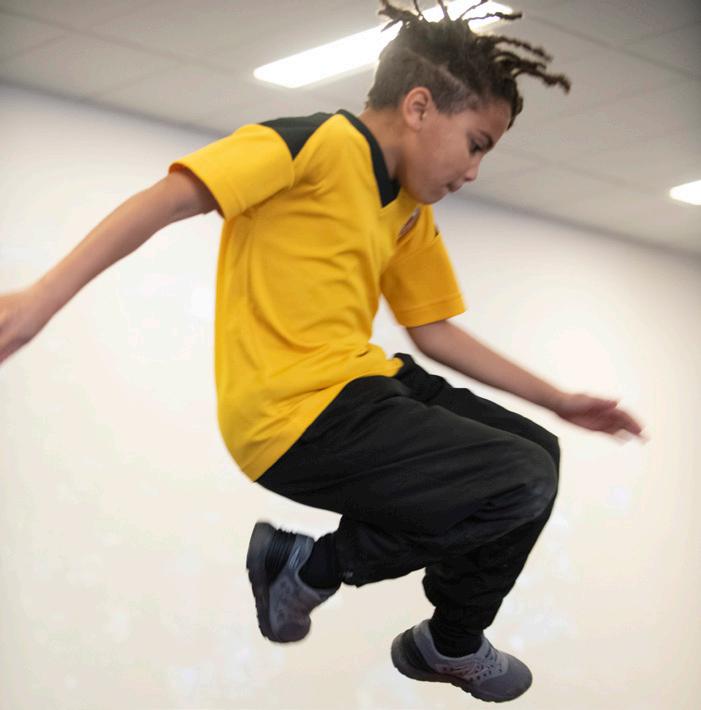
2 minute read
Collaboration Across the Curriculum Areas
Tanya Princeton, Year 4 Teacher and Head of Social Sciences
Advertisement
During Term 2 the Year 4 boys immersed themselves in a study of the Aboriginal people. Our main achievement objectives were to understand
• How people make choices to meet their needs and wants
• How cultural practices reflect and express people’s customs, traditions and values
• That people have social, cultural and economic roles, rights and responsibilities.
We covered the key competencies of thinking, relating to others, managing ourselves, using language, symbols and texts, participating and contributing.
As Head of Social Science at Medbury School, I encourage collaboration between specialists in the planning process. Our Units of Inquiry are shared with the ICT, EAL and Art teachers. This cohesive approach ensures that students are given the opportunities to develop connections across curriculum subjects.
As teachers, we endeavour to support the skills necessary for life- long learners. This multi-disciplinary approach integrates Reading, Writing, Oral Communication, Art, ICT and Social Sciences.
For example, the boys undertook an inquiry research task on a component of Aboriginal life and used their oral skills to report back to the class. Some students also shared their findings during our Lower Middle School Assembly. In addition, for Art they experimented with Aboriginal dot art ‘pointillism’ as well as decorating boomerangs with symbolic designs.
This unit of inquiry tied in well with our school wide theme for 2021 of Imagination. Students learned all about Aboriginal Dreamtime beliefs. They heard animal legends and then wrote their own versions. They particularly enjoyed researching Sacred Indigenous sites such as Ulluru and the Devil’s Pool.
Social Sciences connect students with the real world. In today’s interconnected world, students must be prepared to interact with people of all cultures and communities. At Medbury we aim to give students the tools to do just this.
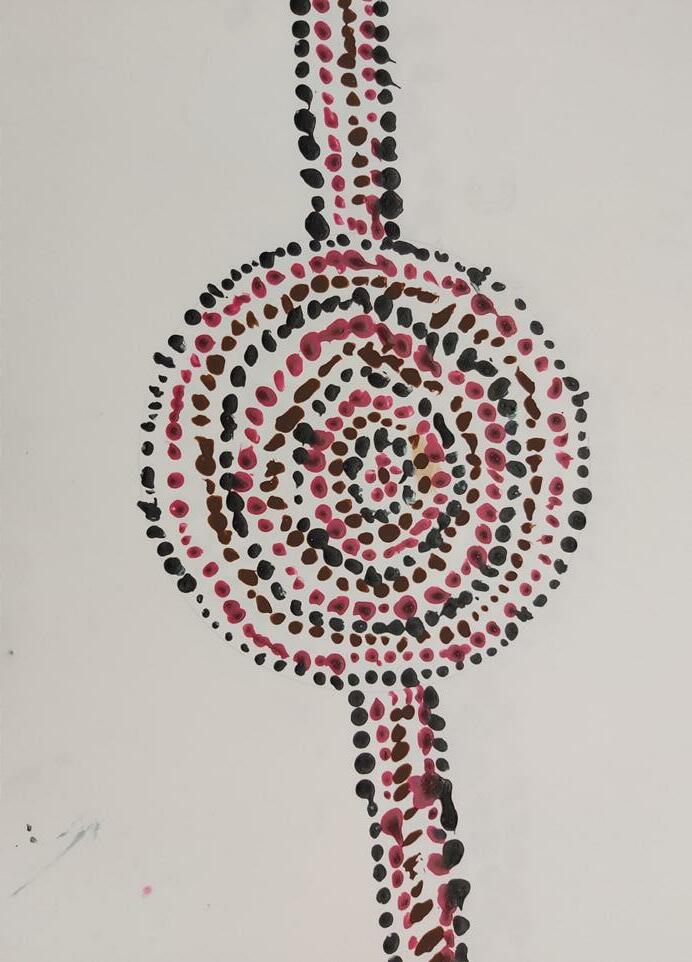
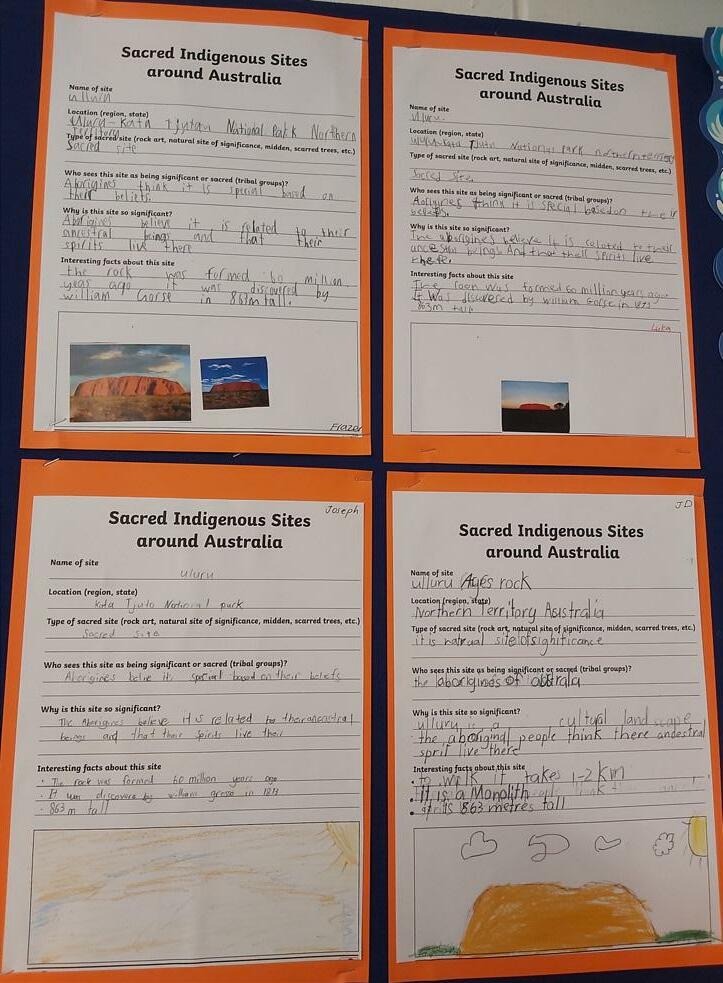
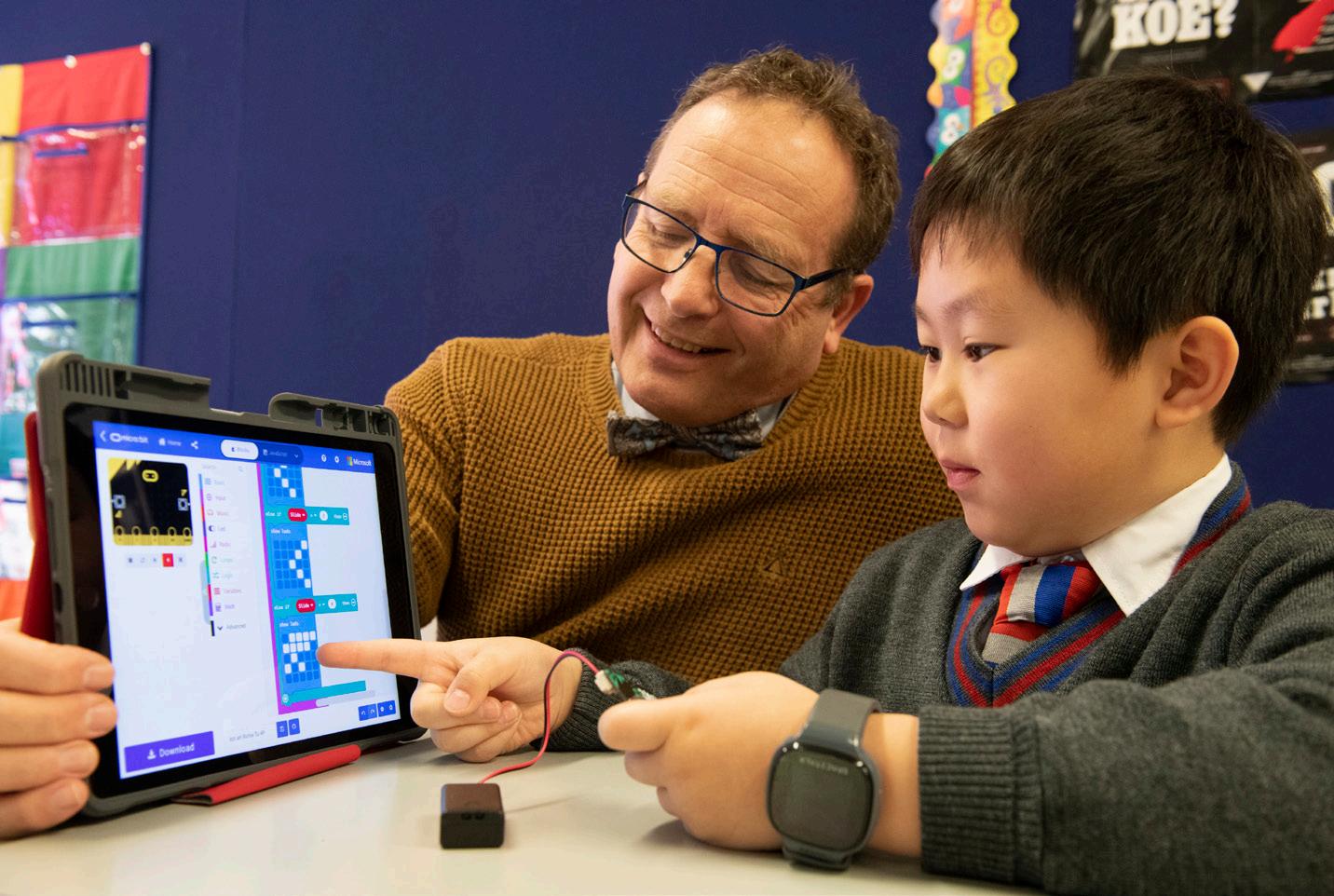
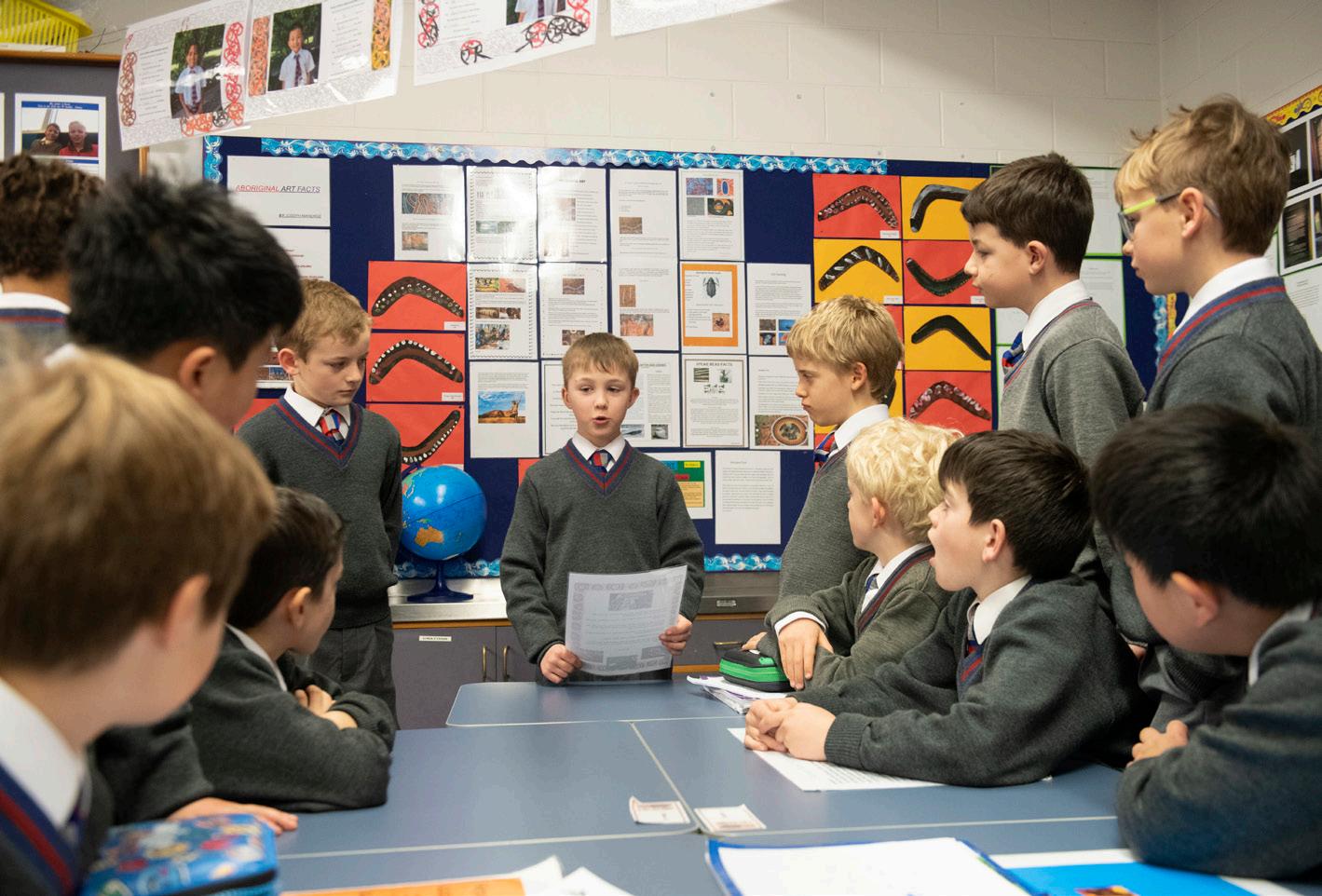
ICT Director/Digital Technologies Specialist Mr Grieve says “The new Digital Technologies curriculum seeks to bring design processes and thinking into the class topics. The boys used Microbit (computers on a ship) and programmed their LED lights to tell a story in a similar way to the ‘Dot Paintings’ of traditional Aborigines. Microbit are tiny computers that have a range of different inputs and access to an online simulator to test your program in also. These were very successful, with all boys able to code a simple story and re tell it. The boys have learned to use ‘if statements’, loops and variables to solve the communication issue.”
By encouraging cross curricular integration, students are not just learning in a fragmented way and in isolation. We are uniting concepts and skills from various disciplines. Students are able to generate meaning, make connections, compare, draw conclusions and make predictions. The acquisition of these attributes demonstrates higher order thinking. Cross-curricular instruction increases student motivation, improvement of the learning process and opens pathways for further discoveries. It also encourages critical thinking, interaction and reflection.







